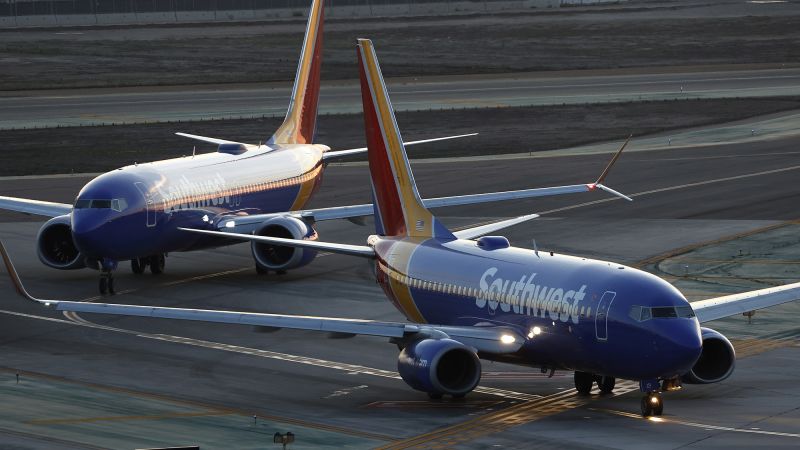Southwest Airlines, a prominent figure in the American aviation industry, has long been recognized as a primarily domestic airline since its inception over 50 years ago. In recent developments, the airline is actively exploring the possibility of expanding its operations into international markets. This shift signals a trend that many in the aviation sector are closely observing, as it suggests that Southwest is looking to align itself more closely with its competitors, who have historically offered long-haul international flights.
In an official statement provided to CNN, Southwest Airlines articulated its desire to adapt and grow its business model to better suit the needs of both current and prospective customers. The airline indicated that one of the avenues under consideration is to broaden its network to include new international destinations, specifically utilizing its fleet of Boeing 737 aircraft. It’s worth noting that while Southwest currently has established routes to several international locations within the Caribbean, it has remained largely limited in its global reach, a situation that may be poised for change.
In terms of its operational framework, Southwest Airlines has built its reputation as a low-cost carrier, featuring distinctive policies that set it apart from other airlines. Traditionally, the airline has offered only a single class of tickets, maintained an open seating arrangement, and refrained from imposing baggage or change fees—a practice that resonated well with budget-conscious travelers. However, in light of evolving industry norms and pressures from shareholder activists, Southwest has begun to adapt its long-standing policies. Over the last couple of years, the airline has initiated changes such as introducing fees for the first checked bag, launching overnight red-eye flights, and announcing its plans to implement premium and reserved seating options, which are set to launch in January. These changes suggest a strategic pivot aimed at capturing more revenue per passenger while still appealing to its traditional customer base.
Looking ahead to its potential international expansion, Southwest has yet to disclose specific markets under consideration or a timeline for launching these new routes. However, it is essential for the airline to engage in negotiations with labor unions that represent its pilots and flight attendants before any long-haul international flights can be realized. The complexity of such arrangements is not lost on Southwest; the company acknowledged in its statement the myriad dependencies that must be addressed to advance its international ambitions, which include revisiting and potentially amending contracts with its flight crews.
The idea of extending Southwest’s operations internationally was initially highlighted by the Southwest Airlines Pilots Association in a communication to its members. Although details regarding prospective international routes remain scant, the union has advised that negotiations are expected to focus on only a select number of destinations at first.
Currently, Southwest Airlines serves a total of ten international markets, all located relatively close to the United States. The airline’s international destinations include popular tourist spots such as Mexico, Jamaica, the Bahamas, Aruba, the Dominican Republic, Costa Rica, Belize, Cuba, the Cayman Islands, and Turks and Caicos. As travel demand gradually recovers post-pandemic, the potential expansion into new international territories represents an important strategic opportunity for the airline.
In summary, Southwest Airlines appears to be at a significant crossroads, attempting to modernize and adapt by contemplating international service expansion—a key step in aligning itself with industry standards and meeting the evolving demands of travelers. As the airline navigates the complexities of expanding its geographic footprint, industry stakeholders will be closely monitoring the developments, particularly regarding negotiations with labor unions and the selection of potential new routes. The upcoming months will be crucial in determining the future trajectory of Southwest Airlines and its place within the competitive global aviation landscape.











